There are so many different writing rubrics out there and it may be difficult to find the right one. Below you will find a guide with 3 types of effective writing rubrics. Choosing the right one depends on the writing genre and your needs for the assessment.
Student-Friendly Rubrics
There are two ways to think about student-friendly rubrics. The first way is to use a rubric that students can complete as a self-assessment. The second way is to use a rubric that is completed by the teacher but is easy for students to understand. These rubrics are often based on the standards but shown in a different way. Instead of writing the actual standard on the rubric, include a one or two-word category.
See the example below of a third grade informative writing rubric. The first rubric uses the words introduction, content, linking words, closing, and mechanics for the categories. The second rubric lists each standard that goes with those categories. As you can see, the first option covers the same information but uses fewer words and is much easier for students to use and understand.
When do you use student-friendly rubrics? These are great for students to assess themselves. The student and teacher can fill out the rubric separately and then meet for a conference to discuss any differences. This same strategy can also be done with two students, but instead of a conference, they will meet to edit and revise their work. Another option is for teachers to fill out the writing rubric and hand it back to students with feedback. The student-friendly rubrics are easy for kids to understand and are still aligned with the standards.
Teacher-Friendly Rubrics
Teacher-friendly rubrics list each standard and use more details in the descriptions. This helps teachers know what to look for when assessing a writing piece. It will be very clear from the rubric whether or not the student is meeting or exceeding the standard. These writing rubrics are also quick and easy for teachers to use but may be more difficult for students to understand.
The examples below are standards based teacher-friendly rubrics. On the left side, you will see each Common Core Standard. The descriptions on the right side match each standard accordingly. These rubrics are used for assessing narrative writing in 1st grade, 2nd grade, 3rd grade, 4th grade, and 5th grade.
When do you use teacher-friendly rubrics? These are ideal when a teacher needs to get an accurate assessment for recording grades or writing report cards. They can choose whether or not to hand these rubrics back to students or use them for their records. Teacher-friendly rubrics are also helpful to show parents, especially at conferences.
Time-Saving Rubrics
Time-saving rubrics are a combination of student-friendly and teacher-friendly rubrics. These are standards based and list each standard on the left side. The difference is that instead of a description there is a number in each box such as 1, 2, 3, or 4. These numbers tell whether or not the student is meeting the standard.
1= needs support
2 = approaching standard
3 = meets standard
4 = exceeds standard
The benefits of these rubrics are that they save time and energy by easily circling the number for each standard. It is quick for teachers to use but also easy for students to understand. Some teachers may also choose to include a section for the total score and comments depending on their needs. Check out some of the examples below for opinion writing.
When do you use time-saving rubrics? Well of course these are helpful when teachers want to save time. The best part is the rubrics are still standards based but also very easy for students and parents to understand. Use these anytime!
Writing Rubrics Conclusion
I hope you have found these 3 types of writing rubrics helpful and will utilize them with your class. Think about what your goal is with the assessment and choose the best rubric for both you and your students. You may find that a mix of all three is beneficial throughout the school year.
Writing Rubrics by Grade Level
Grab these standards based writing rubrics. Each grade level includes 9 rubrics in 3 different options. Choose from student-friendly, teacher-friendly, and time-saving rubrics. These are ideal for assessing narrative, opinion, and informative pieces. Click each grade level below to learn more. Also, check out this Monthly Writing Prompts blog post for more resources and ideas.
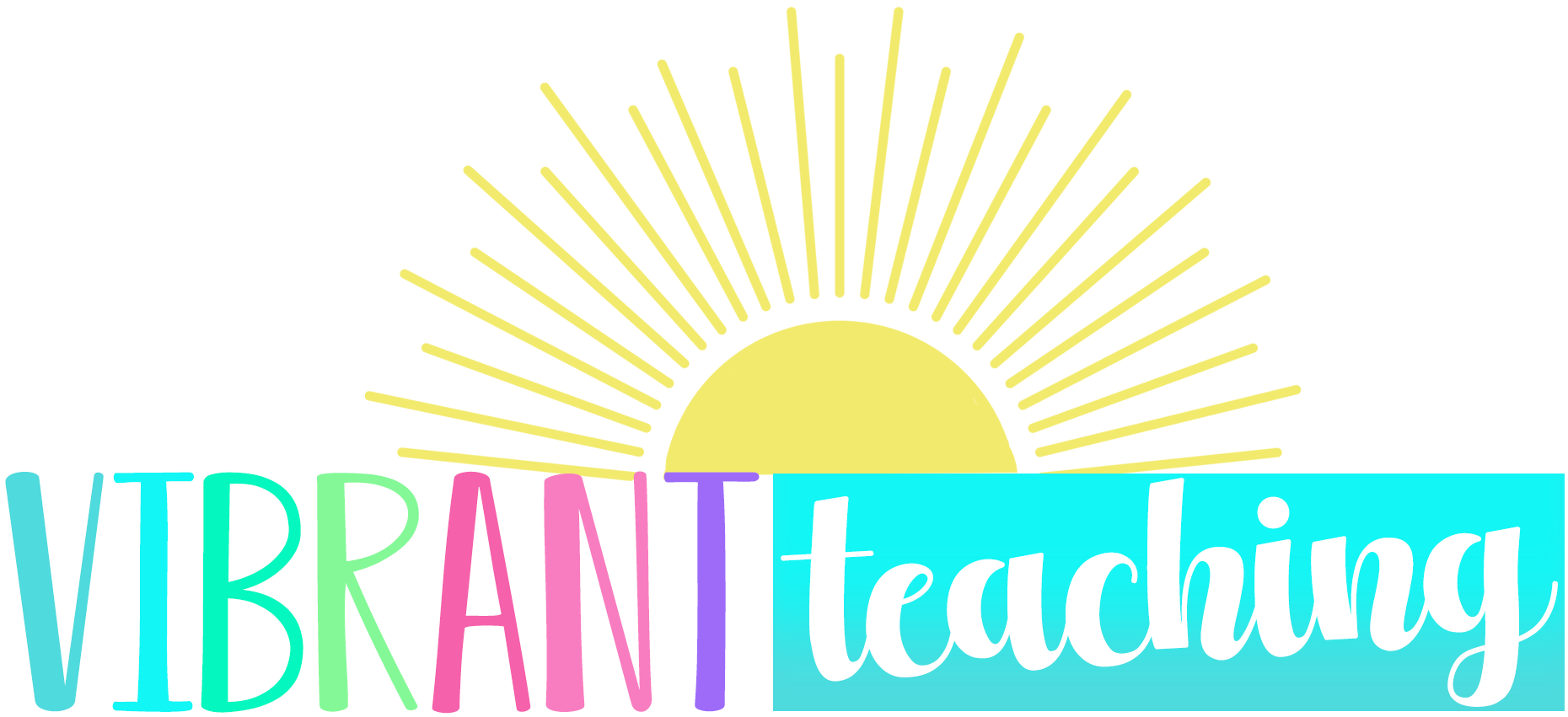


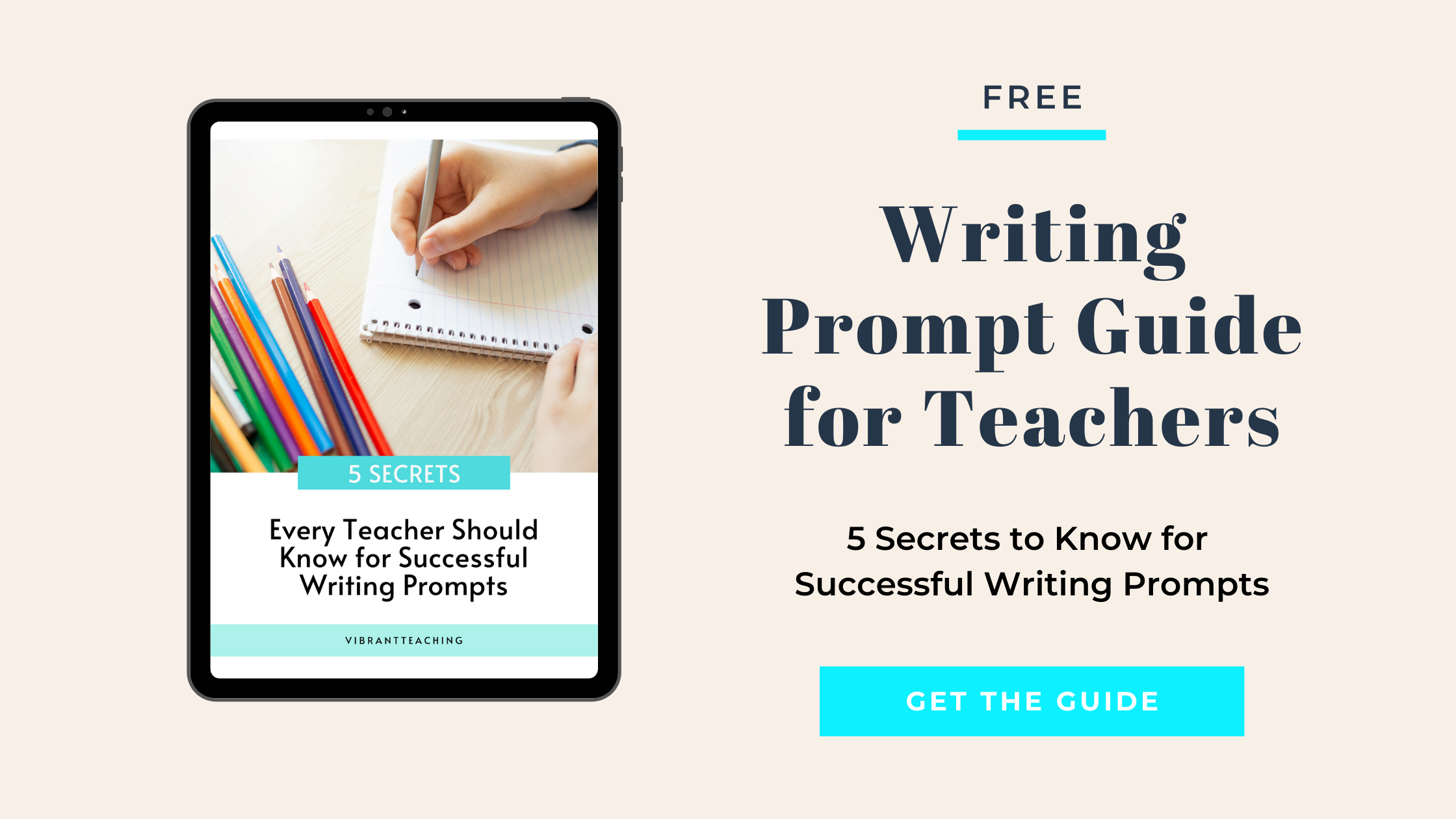










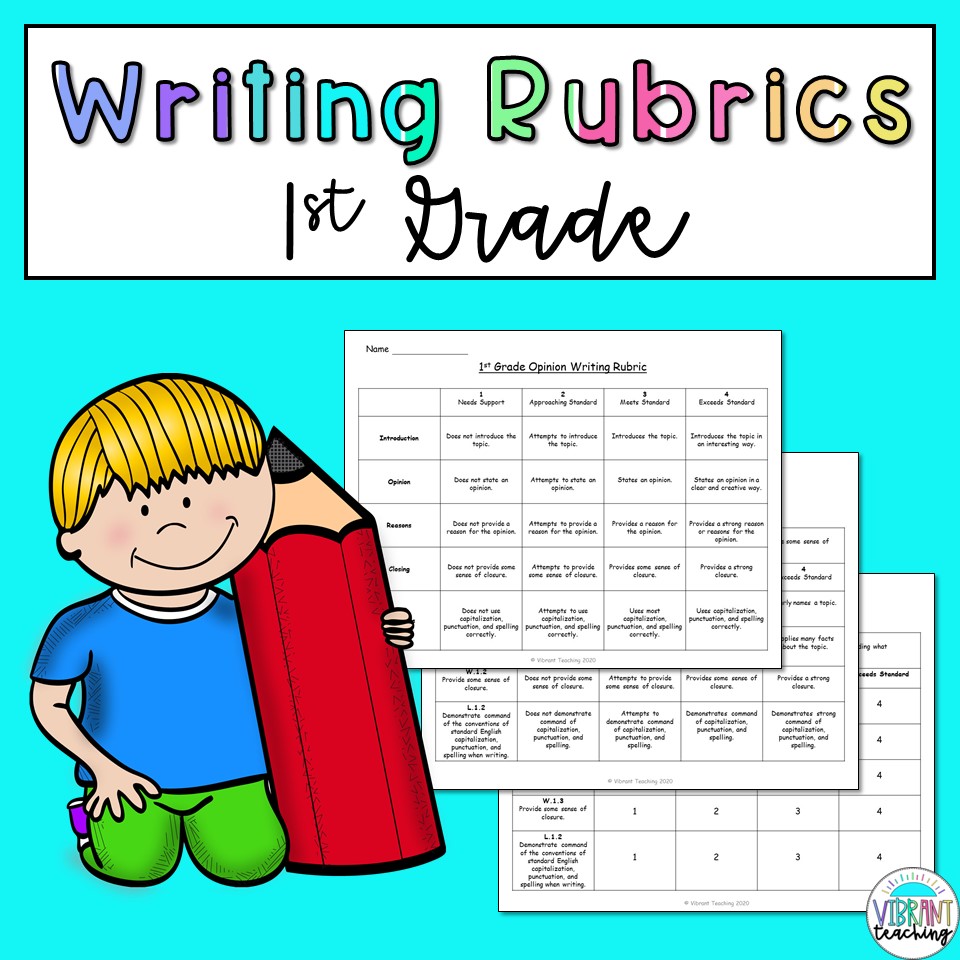
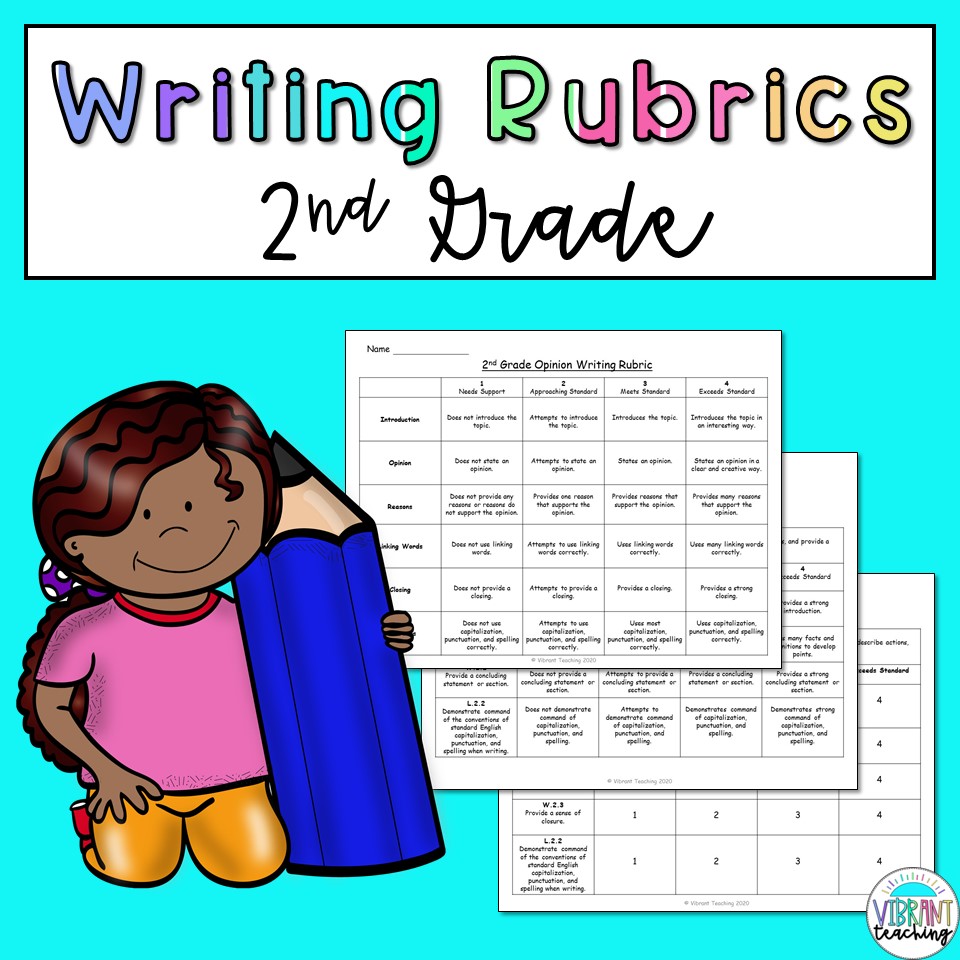
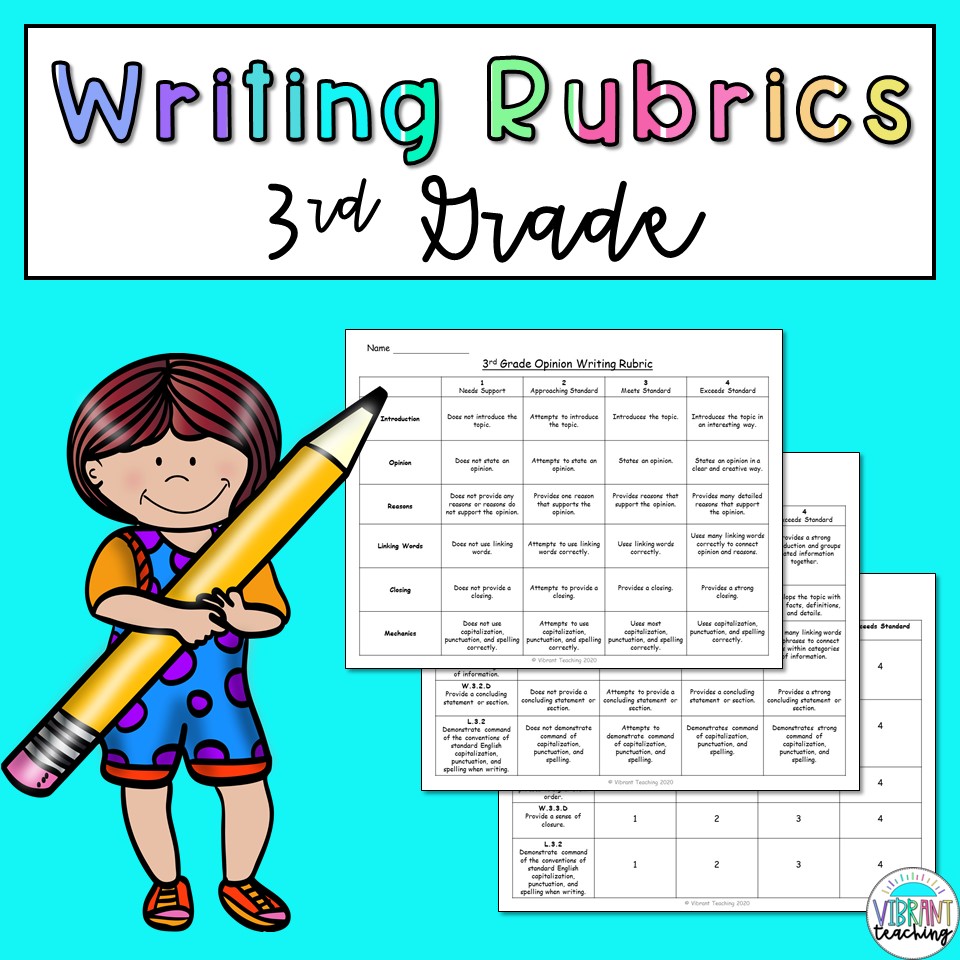
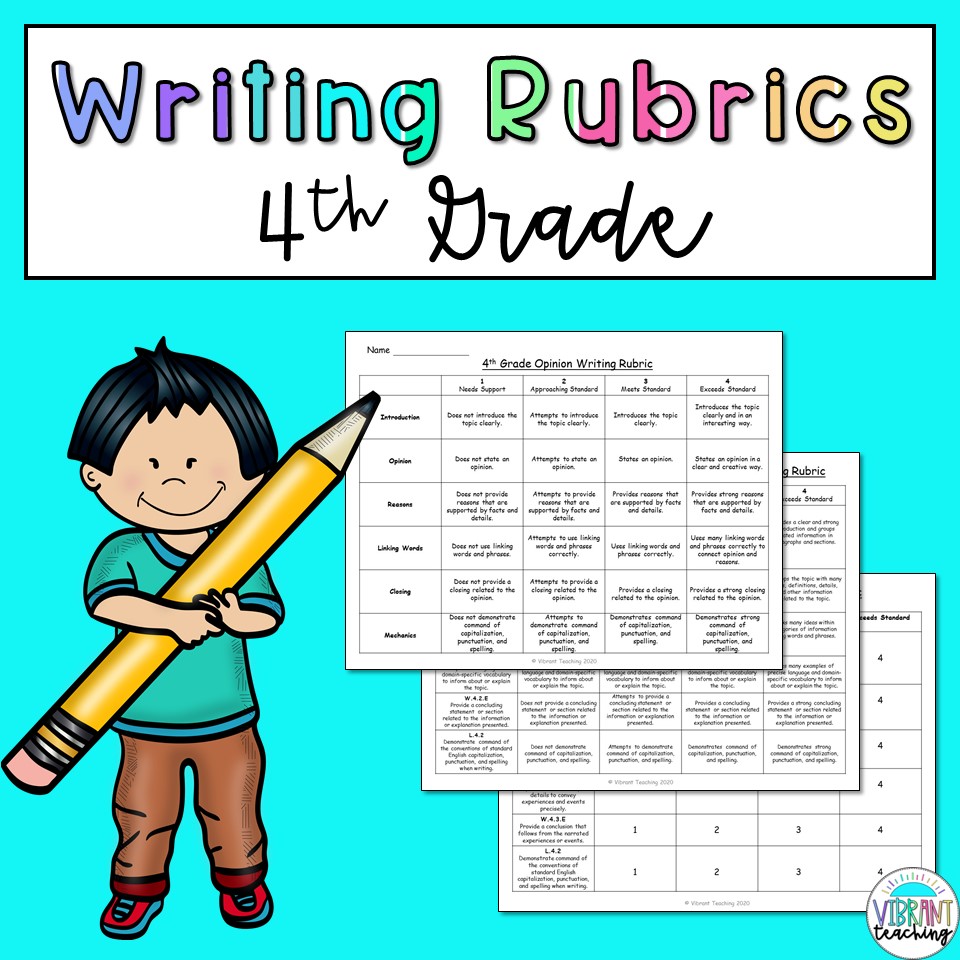
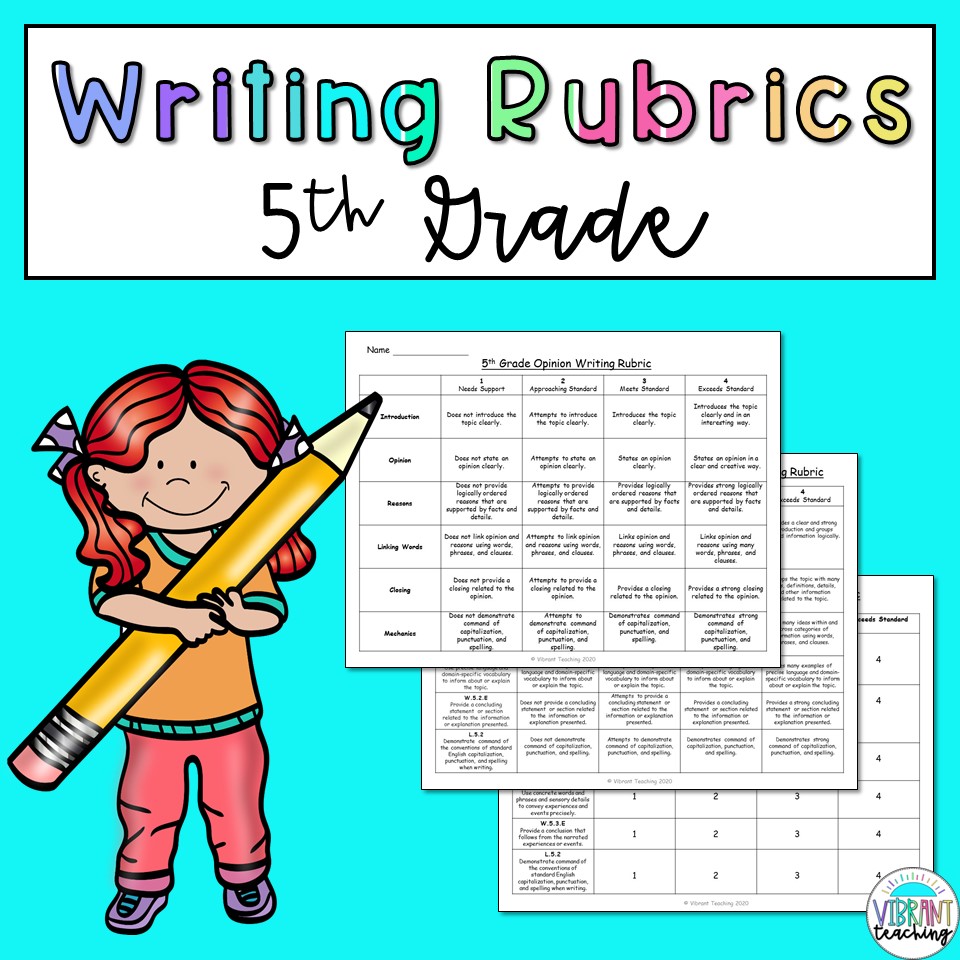
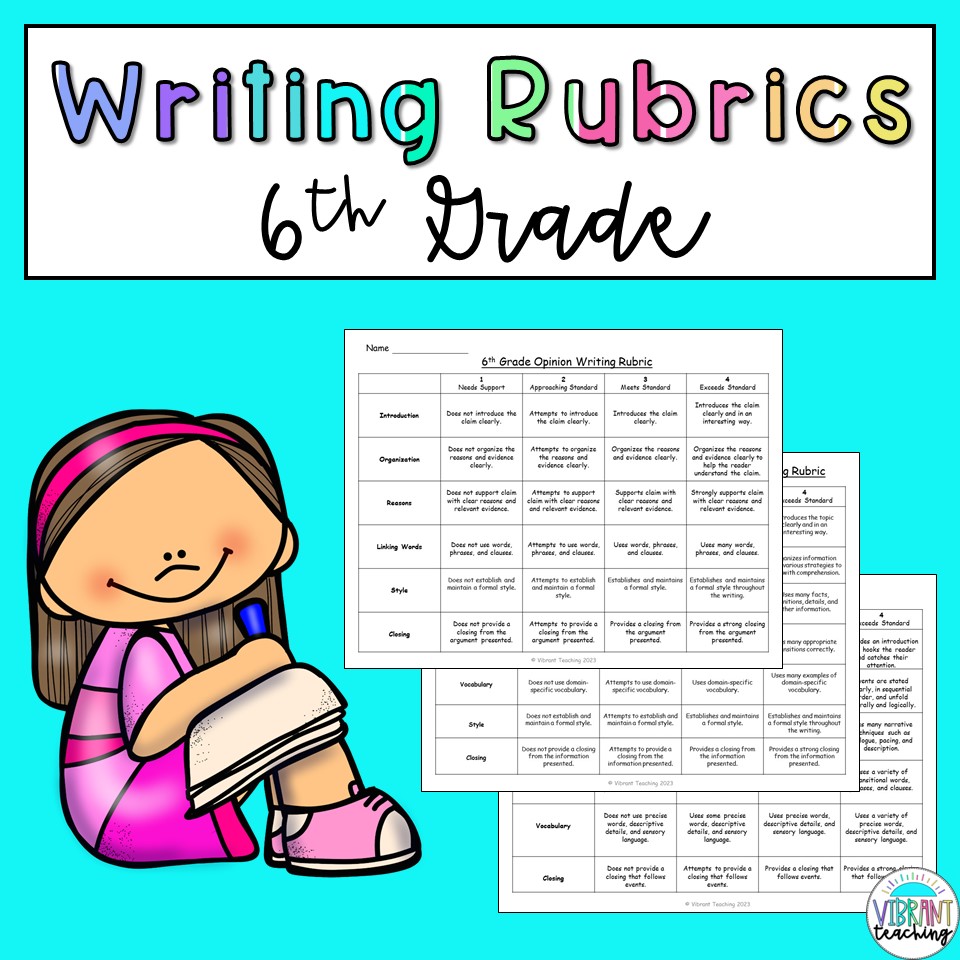
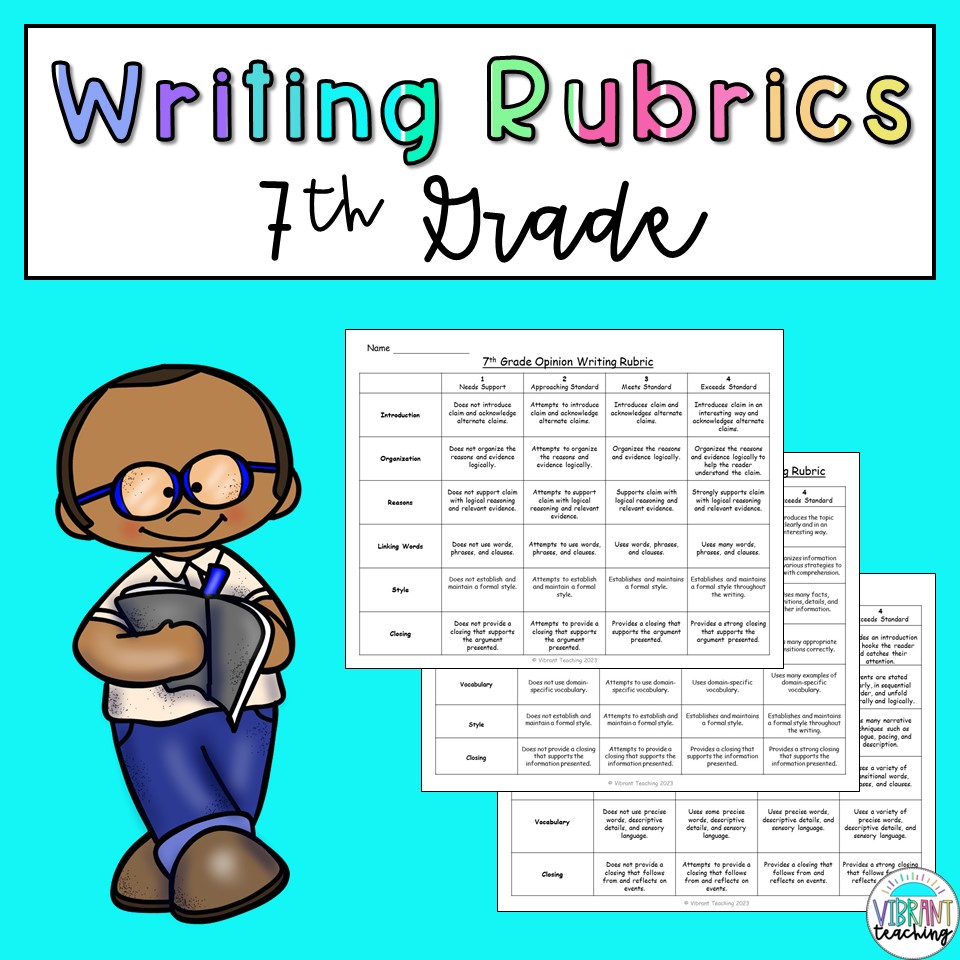
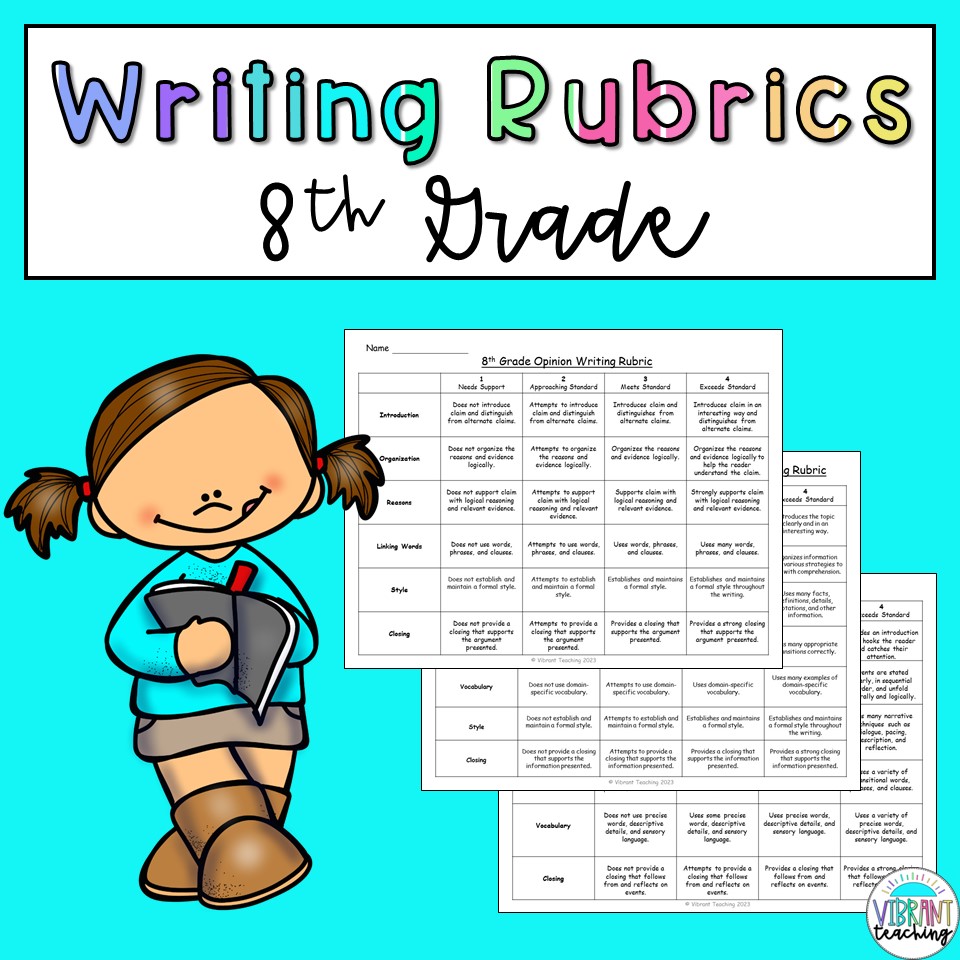
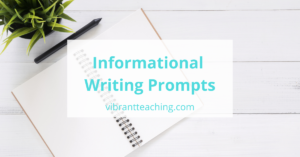
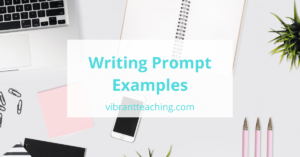


No Comments